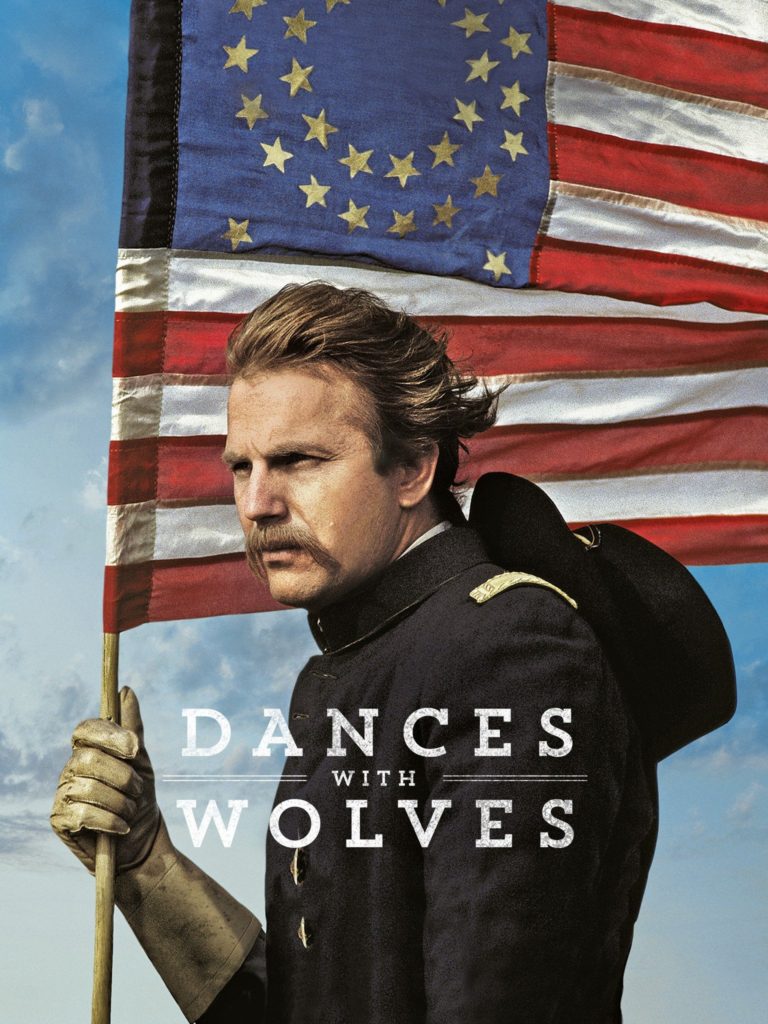| Source | Author | Date | Link |
| Rome, Open City | Dir. Roberto Rossellini | 1945 | Film |
| La Strada | Dir. Federico Fellini | 1954 | Film |
| Rome, Open City review – ‘The most precious moment of film history’ | Mark Kermode, Quote from Martin Scorsese | 2014 | https://www.theguardian.com/film/2014/mar/09/rome-open-city-review-kermode |
| How to read a film | James Monaco | 1977 | Book |
| Critical theory today, a user-friendly guide | Lois Tyson | 2006 | Book |
| THE SCREEN; How Italy Resisted | Bosley Crowther | 1946 | https://www.nytimes.com/1946/02/26/archives/the-screen-how-italy-resisted.html |
| Pina’s Pregnancy, Traumatic Realism, and the After-Life of Open City | Millicent Marcus | 2008 | https://www.jstor.org/stable/40505836?Search=yes&resultItemClick=true&searchText=rome+open+city&searchUri=%2Faction%2FdoBasicSearch%3FQuery%3Drome%2Bopen%2Bcity%26acc%3Don%26wc%3Don%26fc%3Doff%26group%3Dnone%26refreqid%3Dsearch%253A8c16c570a9ed1c821d75e6a734149a9b&ab_segments=0%2Fbasic_search_gsv2%2Fcontrol&refreqid=fastly-default%3A559691c216c33ba5a742f9dc5e1a97a6&seq=1#metadata_info_tab_contents |
| Italian Neorealism: A Mirror Construction of Reality | Ben Lawton | 1979 | https://www.jstor.org/stable/44018624?Search=yes&resultItemClick=true&searchText=rome+open+city&searchUri=%2Faction%2FdoBasicSearch%3FQuery%3Drome%2Bopen%2Bcity%26acc%3Don%26wc%3Don%26fc%3Doff%26group%3Dnone%26refreqid%3Dsearch%253A8c16c570a9ed1c821d75e6a734149a9b&ab_segments=0%2Fbasic_search_gsv2%2Fcontrol&refreqid=fastly-default%3A559691c216c33ba5a742f9dc5e1a97a6&seq=1#metadata_info_tab_contents |
| Movies: Reassessing Rossellini: Restoration of Rome Open City, the director’s masterpiece, prompts a look at why he later retreated from the neorealism it introduced | Joseph Luzzi | 2011 | https://www.jstor.org/stable/41222845?Search=yes&resultItemClick=true&searchText=rome+open+city&searchUri=%2Faction%2FdoBasicSearch%3FQuery%3Drome%2Bopen%2Bcity%26acc%3Don%26wc%3Don%26fc%3Doff%26group%3Dnone%26refreqid%3Dsearch%253A8c16c570a9ed1c821d75e6a734149a9b&ab_segments=0%2Fbasic_search_gsv2%2Fcontrol&refreqid=fastly-default%3A559691c216c33ba5a742f9dc5e1a97a6&seq=1#metadata_info_tab_contents |
| REVISITING THE RESISTANCE OF ROBERTO ROSSELLINI’S CINEMA | Amy Chambless | 2003 | https://www.jstor.org/stable/43802338?Search=yes&resultItemClick=true&searchText=Roberto%20rossellini&searchUri=%2Faction%2FdoBasicSearch%3FQuery%3DRoberto%2Brossellini&ab_segments=0%2FSYC-6080%2Fudeg-test&refreqid=fastly-default%3A1ad548edf121d46f10b92ac2682f9ca0 |
All posts by Jack Volpe
Filters
Textual Analysis: Scene & Focuses
Film: Roma, Citta Aperta (Rossellini,1945)
Chosen Scene: Don Pietro’s Execution (The Ending) 01:32:48 – 01:36:54 (4:06 Minutes)
Film Element Focuses: Motif, Sound, Mise-En-Scene, Critical Reception

Textual analysis
| Movie | Out of 10 | Scene | Film Element Focus |
| City of God (Meirelles, Lund, 2002) | 9 | Little Dice Grows Up | Editing, Sound, |
| Rome; Open City (Rosselini, 1945) | 9 | Pina Is Shot | Cinematography, Editing, Sound, Narrative |
| Pan’s Labyrinth (2006, Del Toro) | 5.5 | Frog | Effects? |
Portfolio outline
| Roles | Pre-Production | Production | Post-Production |
| Editing | |||
| Cinematography | |||
| Director |
SMART TARGET TABLE
| Lis Unit | Pre-Production | Production | Post-Production | Pages (Evidence) |
| Comparative (30% EA) | Handbrake Copy of Films/Clips – 21st Research Undertaken Draft Marked of Script 15th June Final Script Complete 15th June | Audio Commentary Recorded – 17th Clips – 21st Graphic Cards/Citations Made – 23rd | Editing Together in Premiere – 24th Exporting – 30th | List of Sources – 1st |
Comparative essay 1st paragraph
Martin Scorsese’s 1980 film Raging Bull and Clint Eastwood 2004 Million Dollar Baby are both distinctive boxing movies. I have chosen them as Raging Bull is a deconstruction of boxing movies, and arguably one of the most famous, and Million Dollar Baby is a reinvention of the genre and focuses on a female protagonist. Both films are American and address the topic of gender in boxing, however, in different ways. In this essay I will be comparing and contrasting how these films contribute to the evolution of the genre and its portrayal in gender.
question
To what extent do the films Raging Bull (1980) and Million-Dollar Baby (2004) demonstrate how the boxing sub-genre has evolved over time in its exploration of gender.
Million Dollar Baby 2004 Dir. Clint Eastwood
Raging Bull 1980 Dir. Martin Scorsese
SPOILERS BELOW


Comparative essay

To what extent do the films Raging Bull (1980) and Million-Dollar Baby (2004) demonstrate how the boxing sub-genre has evolved over time in its exploration of masculinity and the downfall of a boxer.
Million Dollar Baby 2004 Dir. Clint Eastwood
Raging Bull 1980 Dir. Martin Scorsese
SPOILERS BELOW


male gaze posters



POSTCOLONIALISM FILM




